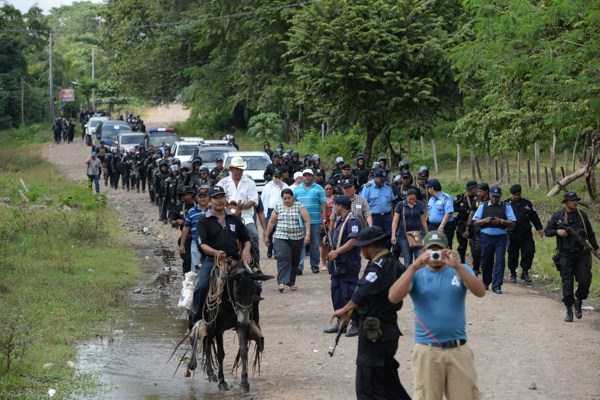In late December, nearly 100 years to the day after the Panama Canal first opened for business, Nicaragua broke ground on Central America’s second mega-canal project, the aptly named Nicaragua Grand Canal. Billed as the world’s largest engineering project, it will snake 173 miles across Nicaragua upon its projected completion in 2019, providing a wider, deeper alternate route between the Atlantic and Pacific oceans for ships too large to transit the Panama Canal, several hundreds of miles to the southeast. The new canal, which will stretch three times the length of the Panama Canal, promises to not only alter the dynamics of global shipping, but also fundamentally transform—for better or worse—the future of Nicaragua, a nation of 6 million and the second-poorest in the Americas.
As might be expected for a project of such size, opposition has been widespread, with red flags raised over a dizzying array of environmental, financial and transparency issues. But in the face a sustained uproar at home and abroad, Nicaraguan President Daniel Ortega’s government has not blinked. After the release of a highly anticipated and controversial environment impact study in December, the government quickly gave the project the green light and construction began. But even as the earthmovers arrive and protests continue, the $50 billion question remains: Will the Nicaragua Grand Canal actually be completed?
For the project’s Chinese backers and the Ortega government, the answer is a resounding yes. The Chinese firm HKND, which specializes in infrastructure construction, has been granted a no-bid 50-year concession to construct and operate the canal, with Nicaragua slated to receive $10 million annually once the canal opens its locks in late 2019. The secrecy surrounding negotiations between HKND and the Ortega government has even fueled highly speculative rumors across the region that the Chinese government may be using HKND as a front, with its eyes not only on building a canal, but on using the project as a means to establish a future military foothold.

